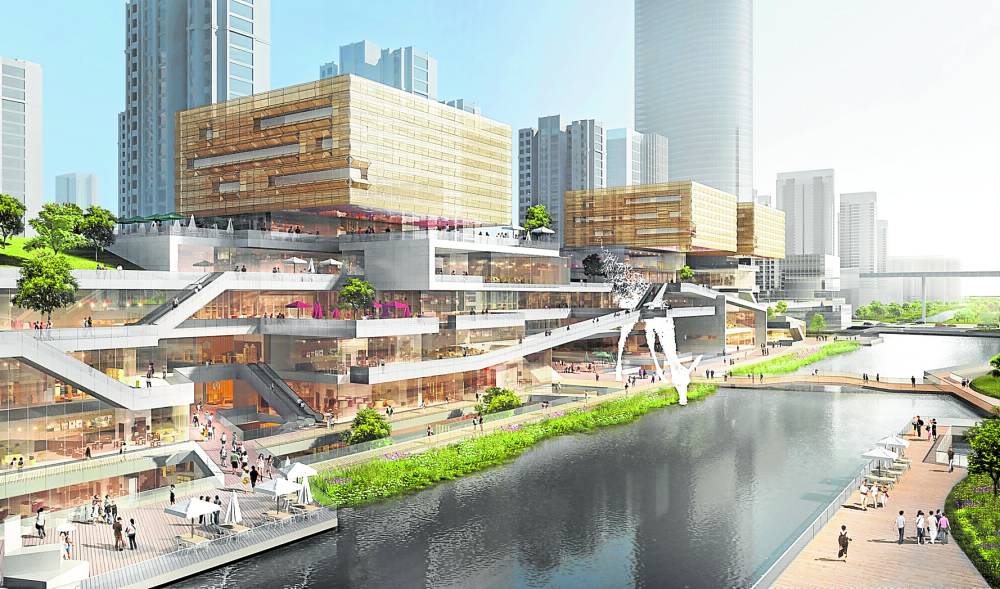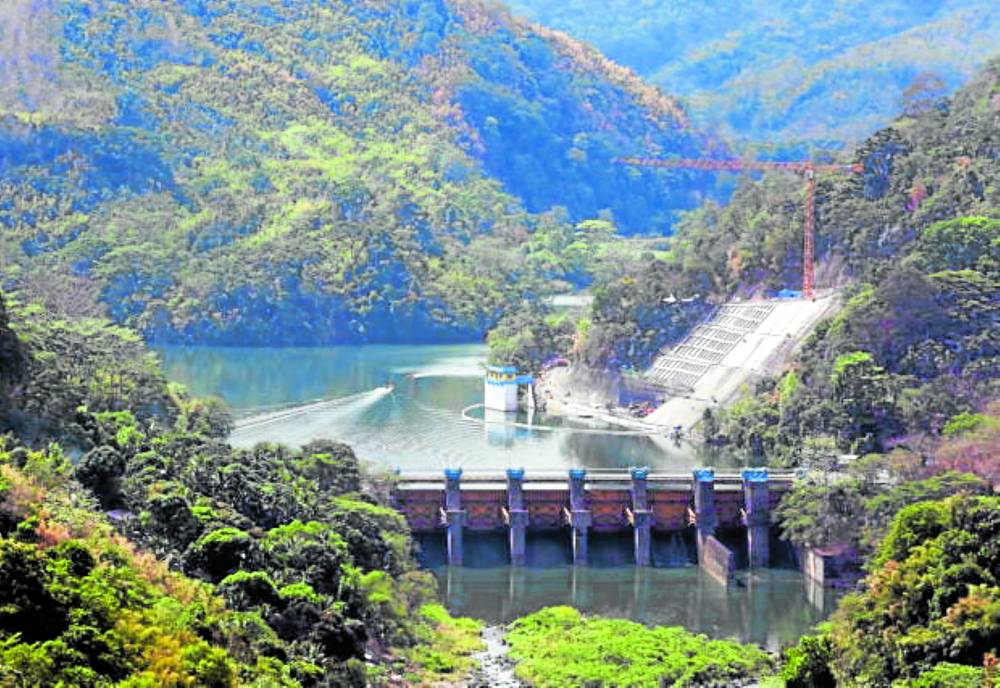
Designed water elements such as man-made lagoons and lakes can add value to residential and commercial developments. (https://www.archdaily.com) Foreshore areas should be continuous and accessible rather than fenced off. (https://www.newcastleherald.com.au)
Water elements can serve as landmarks or wayfinding cues in urban areas. Water is life in every sense, be it in the realm of physical science or urban design and architecture.
Control over water resources has equated to power since the ancient civilizations and varying levels of access to water have determined the fulcrums of political and economic supremacy over the history of humanity.
Water bodies, in their natural and designed states, continue to account for unevenness in the geography of life quality up to the present times. Without conscious governance, such differences in proximity, access, and control translate to costs and prices that run counter to the concept of water as a basic need and shared amenity.
WATER AND URBAN GOVERNANCE
In principle, the use of water resources is regulated at national and local levels.
In the Philippines, Presidential Decree 1067 or the Water Code of the Philippines governs the extraction and use of surface and ground waters. Republic Act No. 7586 or the National Integrated Protected Areas System (NIPAS) Act defines municipal waters and provides the territorial bases for local management.
Presidential Decree 705, or the Forestry Reform Code of the Philippines provides for the protection of watersheds, mangroves, and marine and seashore parks. Department of Environment and Natural Resources (DENR) Administrative Order No. 2021-07 lays down the guidelines for establishing easements along seas, rivers, lakes, esteros, and creeks. The 2013 Guide to Comprehensive Land Use Plan Preparation formulated by then Housing and Land Use Regulatory Board refers to a ridge-to-reef approach that covers planning for the allocation and use of water zones.
WATER ZONE USES
The allocation of water zone uses is supposed to be guided by the principles of sustainability and inclusivity, with water being part of the inalienable public resources.
Depending on the water features defined by hydrology and marine life, among others, bodies of water may be assigned uses ranging from recreation, tourism, transportation, and industrial and infrastructure facilities. Water zone uses are planned in relation to the foreshore and inland uses. How the built form on land configures over time relates to the water-land use dynamics as water and land-based activities co-define each other.
VALUE ADDING ATTRIBUTES OF WATER
Even in their natural states, lakes, and rivers provide settings for prime real estate developments.
Walking distances and visual access to water bodies are often featured as locational advantages that people associate with relaxing environments. Designed water elements such as man-made lagoons and lakes, structured wetlands, and even fountains and water walls can add value to residential and commercial developments.
The prominence of institutional zones can also be enhanced by water features. Water elements can serve as landmarks or wayfinding cues in urban areas. Cultural assets are also highlighted as water bodies are designed according to social constructs such as feng shui.
INVESTMENT PRECEDENTS
Planning for and managing water resources entails investments in the soft and hard infrastructure aspects.
Investments in education and information dissemination cover the social component that results in appreciation and understanding of the value of these public assets. The massive infrastructure projects of cities such as Venice, Amsterdam, Bangkok, and South Korea highlight the importance of national and city-level interventions in managing water-related challenges and opportunities.
From floodgates, water barriers, and water transport systems to tourism destinations, infrastructure design and investments can be geared toward optimizing benefits from water-based resources.
DESIGN PRINCIPLES
As a shared resource, water bodies constitute the public realm that should be enjoyed by everyone regardless of social class or ability to pay.
Foreshore areas should be continuous and accessible rather than fenced off. Built elements should blend in such that views are afforded from roads and public spaces. Sharing benefits also means sharing management responsibilities. Social re-orientation requires co-management by individuals and communities who would give value and, therefore, naturally want to protect these water bodies.
Foreshore areas should be continuous and accessible rather than fenced off. (HTTPS://WWW.NEWCASTLEHERALD.COM.AU)
A metropolitan approach is also essential when managing ecosystems that cross administrative boundaries. The built environment, especially in densely populated areas, should be designed with the fragility of natural ecosystems as prime consideration.
RISK MANAGEMENT
Rising sea levels and extreme events due to climate change require planners, developers, and real estate buyers to be more discerning when making location decisions.
While there may be a clear preference for waterfront sites, risk factors should always be in the equation when weighing options on where to build. Risks may also be in the form of threats to marine life that account for food security, health, and well-being.
Managing informal settlements in risk areas such as creeks and other waterways entails a comprehensive approach that takes into consideration housing and livelihood needs. Bustling coastal towns and cities can still be reconfigured to adapt and mainstream risk management principles with long-term planning.
Water elements can serve as landmarks or wayfinding cues in urban areas. (https://www.archdaily.com)
OPTIMIZING BENEFITS
The Philippines, being an archipelagic country, is endowed with water resources that can be a source of life and opportunities. With effective water management, the abundance of these resources can work towards sustained and inclusive development.
The author is a Professor at the University of the Philippines College of Architecture, an architect and environmental planner


